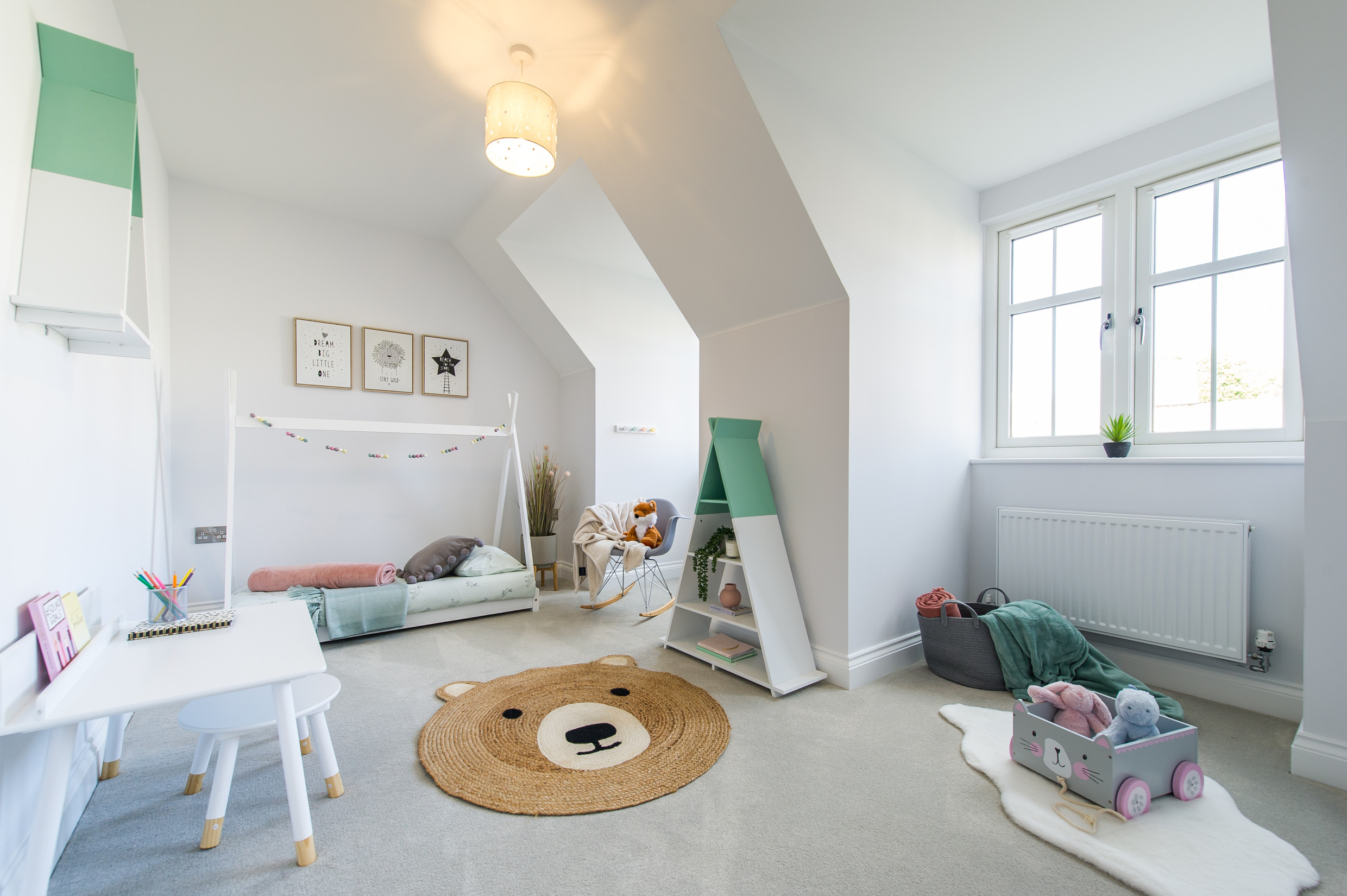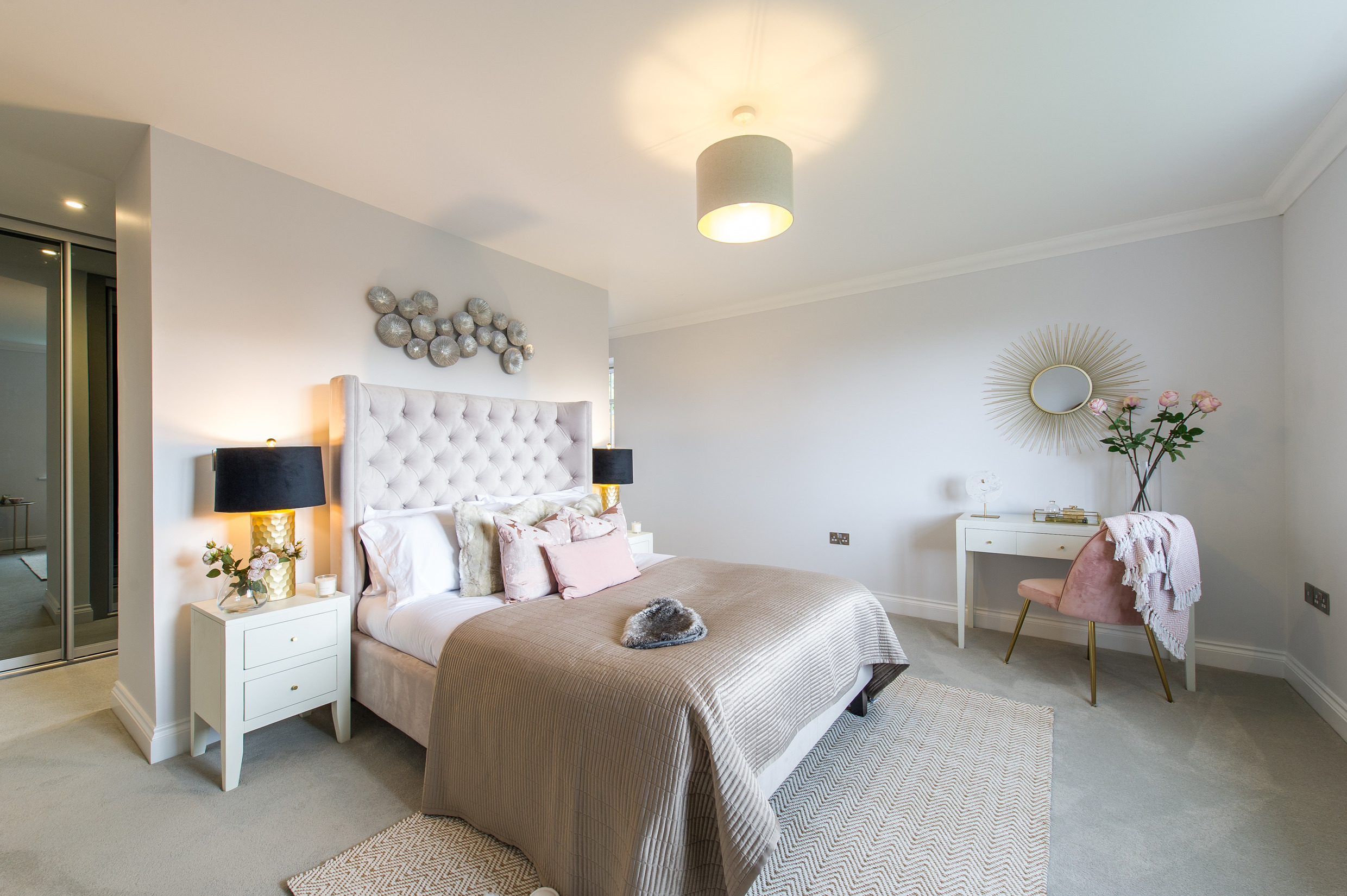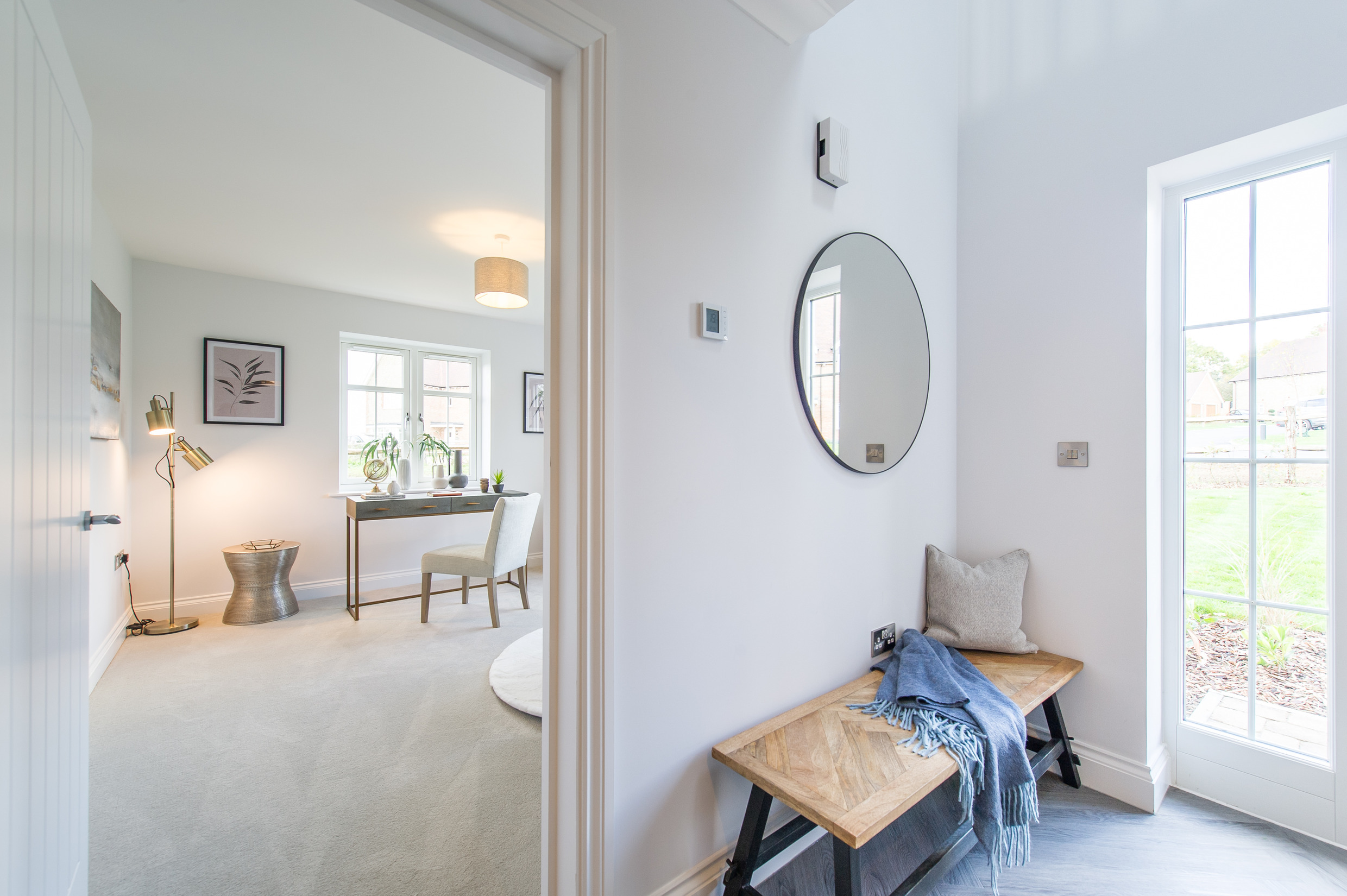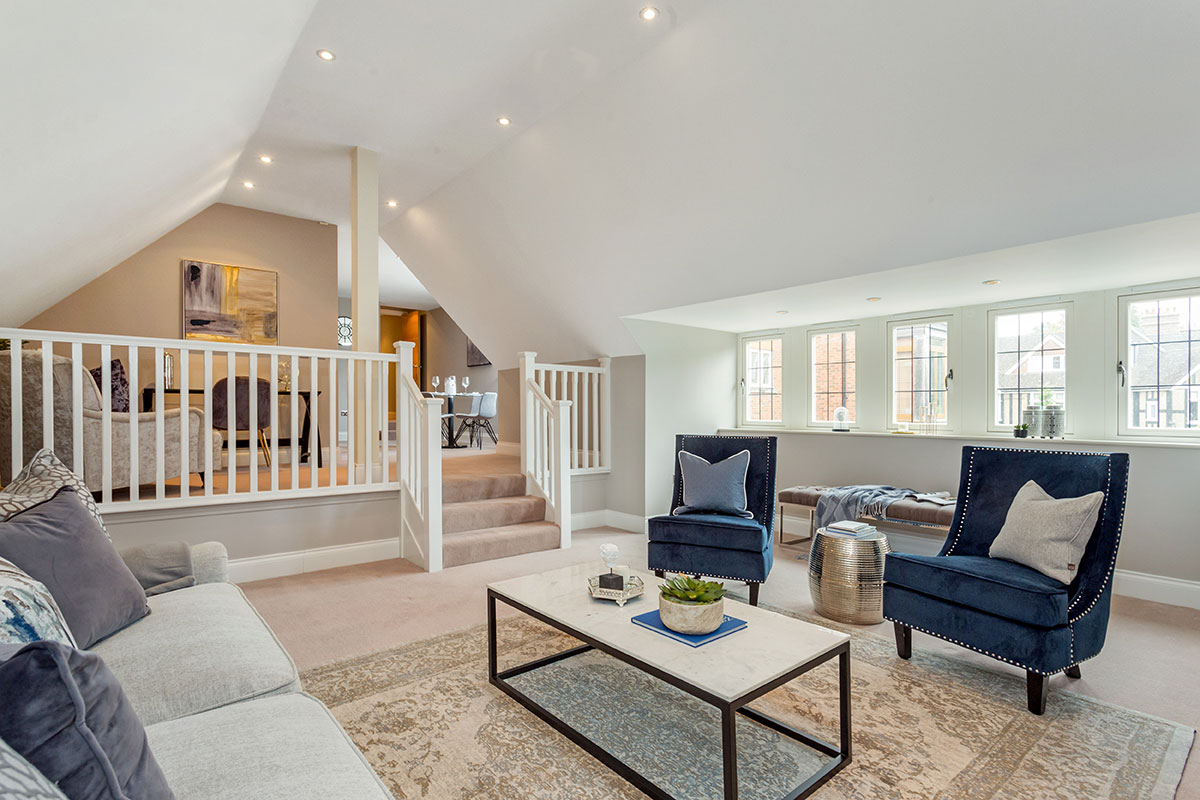-
Home staging, where a seller pays someone to come in and style their property, is a common practice in the USA, and now it’s starting to gain more of a foothold in the UK.
Here it’s mostly used by developers selling multiple properties, but with 2023 predicted to be a buyers’ property market, home staging could become more mainstream, with sellers wanting to giving themselves an edge over the competition and making their property as attractive as possible to would-be buyers.
What does home staging involve?
There are several levels when it comes to home staging. It can involve anything from a company coming in and adding some key pieces of furniture or flattering new lighting to them doing a full revamp where room functions and colour schemes are completely changed.
“They do more than fluff some cushions and put some fresh flowers on the table,” says Lisa, Home Staging Consultant at Stylize. “A talented stager can design, style, produce creative solutions and have spacial awareness skills to help to showcase your home as a subjective person.”
“Home Staging works best when you have an expert who has done it several times before because, not only do they have the furniture and design expertise, they have the data to know what works best for which target audience,” says Chris Hammond, director at Beau Property.
“Say the client is a developer looking for downsizers, we would know what types of furniture, kitchenware and fabrics have performed the best for that group previously, ditto first time buyers, families and so on.”

How much does home staging cost?
As you’d expect prices vary considerably, depending on the level of staging you require. At Beau Property, who mostly work with developers, prices normally start at £3,000 for a one-bed apartment.
Lisa at Stylize, meanwhile says: “Staging packages start from a couple of hundreds of pounds (an extremely small ROI compared to the average price of a UK property) for consultations — which I sell — to full scale furniture packages with expert styling for thousands.”
Does it really work?
The qualitative and quantitative data seem to suggest that it does. According to the 2022 Home Staging Association Report, it takes half the time for a staged property (45 days) to receive an offer compared to a non-staged property.
What’s more, there is money to be made; 100% of agents agree comparable properties increase offer value with staging than none.
“Staged homes sell at a value 8% higher than that of non-staged and can increase values generally by 10%,” says Hammond. “If a property is not selling or attracting as much interest or, if you simply want to maximise a home’s potential, staging is an essential tactic to add to your sales strategy.”

Claire Spiller, director at Beau Property Home Staging, has seen first-hand the difference home staging makes: “We’ve had two properties refurbed then on the market — exactly the same layout, build and spec but one staged and one not. The one that was staged had treble the viewings and sold above asking within two weeks. The one that was not staged sat on the market for two months then we staged it, and it sold within two days at market price.”

Is home staging becoming more mainstream?
Traditionally, in the UK, it’s been developers, trying to sell new builds, who’ve been the main clients for home stagers and, according to the Home Staging Association’s latest report, they still make up almost half of staged properties. But things are changing.
“I have a variety of clients ranging from footballers and businesswomen to reality stars and just lovely ordinary people who feel bewildered when it comes to making their house a home or tweaking it in order to move,” says Nicki Rodriguez of Essex House Dolly.
“As a US phenomenon, home staging is really gaining traction here in the UK and vendors, developers and agents are seeing the value it adds,” adds Lisa. “Developers certainly see how a well-staged property with expert styling and considered colour palettes enhances a property and its marketing.”
DIY Home staging tips
Getting a professional in to home stage your home is probably still a not-insignificant outlay for most ordinary house sellers, but you can take inspiration from them.
Rodriguez suggests going on Instagram and Tik Tok to get ideas and clever tricks, while Lisa at Stylize says: “Try to be emotionally distant from your property, or ask a friend to be honest to see how you can make changes… Does the space work? Is the furniture cramped up? Are you better taking bulky items out the house and just having a few well-placed items instead?”
“Adding a desk or study area to an unused space or alcove in a living area shows off how adaptable a room can be,” says Spiller. “Try to keep to a neutral colour scheme and carry that scheme throughout the property; interior design is very personal but staging a property to sell will need to appeal to the core section of potential customers.”
For home staging to really work, you need to give your property the wow factor, persuading buyers that they must snap it up quickly or even pay that bit extra. As Rodriguez says: “You want the potential investor or renter to be bowled over by what they are seeing.”



